BLOG
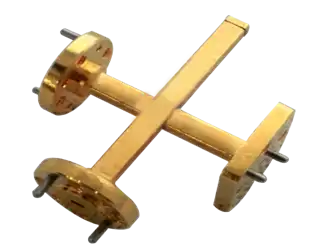
How to Improve the Directivity of the Crossguide Directional Coupler?
January 28, 2025
In the intricate world of microwave engineering, improving the directivity of Crossguide Directional Couplers represents a critical challenge that demands innovative solutions. This comprehensive exploration delves into advanced techniques and strategic approaches to enhance the performance of these crucial microwave components, offering insights that can significantly optimize signal coupling and minimize unwanted signal interactions.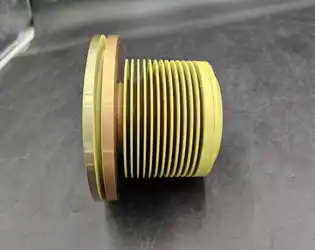
How to Install and Maintain the Double Ridge Waveguide Rotary Joint Correctly?
January 28, 2025
The Double Ridge Waveguide Rotary Joint represents a critical component in advanced microwave communication systems, demanding precise installation and meticulous maintenance to ensure optimal performance. This comprehensive guide delves into the intricate processes of correctly implementing and preserving these sophisticated electromechanical devices, providing engineers and technical professionals with essential insights into maximizing the reliability and efficiency of their microwave transmission infrastructure.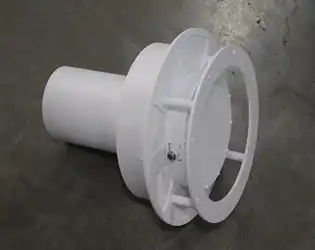
What are the advantages of quadrifilar helix antennas over other types?
January 28, 2025
In the ever-evolving landscape of antenna technologies, Quadrifilar Helix Antennas (QHA) have emerged as a revolutionary solution, offering unprecedented performance characteristics that set them apart from traditional antenna designs. These sophisticated antenna systems provide unique advantages in circular polarization, bandwidth, and adaptability, making them a critical component in satellite communications, aerospace, and defense applications. This comprehensive exploration delves into the intricate world of Quadrifilar Helix Antennas, unveiling their remarkable capabilities and distinguishing features.
How Accurate is a Coaxial Detector in Signal Measurement?
January 27, 2025
In the realm of advanced microwave technologies, the accuracy of signal measurement stands as a critical parameter for ensuring optimal performance across various electronic systems. Coaxial detectors emerge as pivotal components in this intricate landscape, offering unprecedented precision in detecting and measuring microwave signals. These sophisticated devices represent the cutting edge of measurement technologies, providing engineers and researchers with reliable tools to capture and analyze complex electromagnetic phenomena with remarkable accuracy.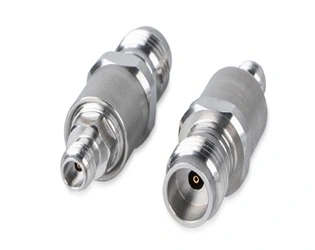
How do different types of coaxial cable adapters vary in performance?
January 27, 2025
In the intricate world of RF and microwave technologies, coaxial cable adapters play a critical role in ensuring seamless signal transmission and system compatibility. These seemingly simple components are engineering marvels that can significantly impact the performance of complex communication systems. Understanding the nuanced variations in coaxial cable adapter performance is essential for engineers and technicians working in satellite communications, defense, aerospace, and navigation industries.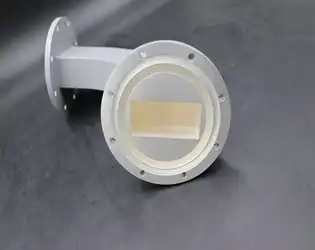
What are the limitations of using waveguide H bend?
January 27, 2025
Waveguide H bends represent a critical component in microwave transmission systems, presenting unique challenges that engineers and designers must carefully navigate. These specialized waveguide components, while essential in many high-frequency applications, come with a complex set of performance limitations that can significantly impact signal integrity, transmission efficiency, and overall system design. Understanding these limitations is crucial for optimizing microwave communication technologies across satellite communications, defense, aerospace, and navigation sectors.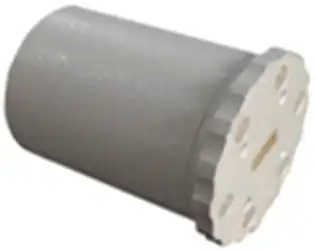
What are the main performance indicators of a 90° polarized rotary joint?
January 24, 2025
In the rapidly evolving field of microwave technology, understanding the performance indicators of a 90° polarized rotary joint is crucial for ensuring optimal system performance in various applications. These specialized components play a vital role in transferring microwave energy between fixed and rotating parts of systems, particularly in satellite communications, radar systems, and other high-frequency applications. The key performance indicators of a 90° polarized rotary joint include insertion loss, VSWR (Voltage Standing Wave Ratio), isolation, phase stability, and operational frequency range. These metrics collectively determine the efficiency and reliability of the component in maintaining signal integrity throughout rotation.
January 24, 2025
The performance characteristics of inflatable straight waveguides vary significantly across different frequency bands, presenting unique challenges and opportunities in microwave engineering. These specialized waveguides, featuring innovative inflatable nozzle designs, demonstrate distinct behavioral patterns when operating in high versus low frequency bands. Understanding these differences is crucial for engineers and technicians working in satellite communications, defense systems, and aerospace applications, as the waveguide's performance directly impacts signal transmission efficiency, power handling capabilities, and overall system reliability.




